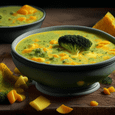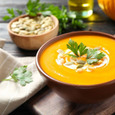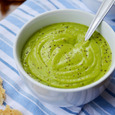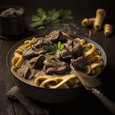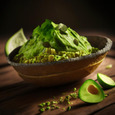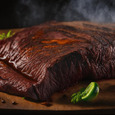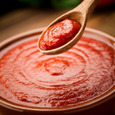Georgia has a long and rich culinary history that dates back to ancient times. With influences from the Turks, Persians, Russians, and Armenians, Georgian cuisine has evolved into a unique and flavorful cuisine.
One of the defining features of Georgian cuisine is the use of spices and herbs. Georgians use a variety of spices, including coriander, dill, cumin, and fenugreek, to add flavor to their dishes. Herbs like parsley, cilantro, and basil are also commonly used.
Meat is another staple of Georgian cuisine. Many dishes are based on lamb, beef, or pork, and there are also plenty of poultry and fish dishes. One popular Georgian dish is khinkali, a type of dumpling filled with a mixture of meat and spices.
Vegetables also play a significant role in Georgian cuisine. Eggplant, tomatoes, peppers, and potatoes are commonly used, often in stews or casseroles. There are also many vegetarian dishes, such as ajapsandali, a vegetable medley dish.
One of the most iconic Georgian dishes is the khachapuri, a type of cheese-filled bread. There are several different types of khachapuri, including those filled with feta cheese, sulguni cheese, and mozzarella cheese. Another popular dish is the badrijani, which features eggplant stuffed with walnut paste and spices.
Georgian cuisine is also known for its wines. Georgia has a long history of winemaking, with wine production dating back over 8,000 years. The country produces a variety of wines, including white, red, and orange wines. One of the most unique Georgian wines is the amber wine, made by fermenting grapes in clay pots called qvevri.
In conclusion, Georgian cuisine is a unique and flavorful cuisine that incorporates a diverse range of spices, meat, vegetables, and wine. Whether you're trying khinkali in a Georgian restaurant or making your own khachapuri at home, Georgian cuisine is sure to delight your taste buds and leave you feeling satisfied.



















